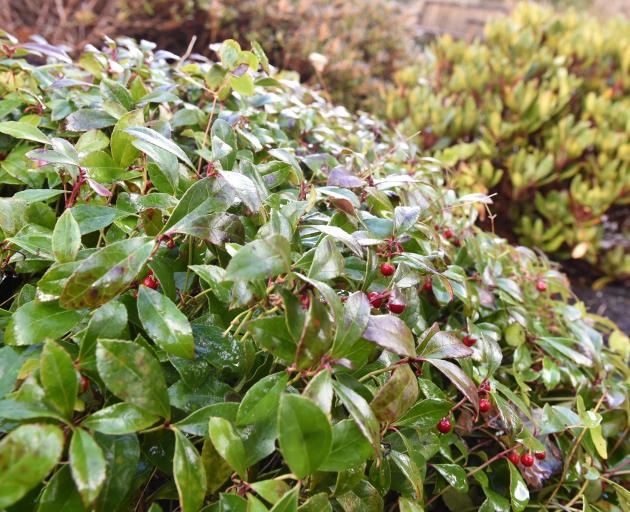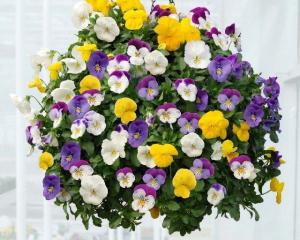
Gaultheria procumbens is a stunning small woodland groundcover from north-eastern North America. It is shallow-rooted, making it easily dividable and can also be propagated by seed or semi hardwood cuttings.
This evergreen beauty offers year-round interest and can be seen growing in the Peat Garden in the Rhododendron Dell. During autumn and winter months the fruits appear in abundance, with vibrant bright red berries standing out among its dark green foliage. This adds a pop of colour to the garden when there isn’t much else on show. In spring and summer, the new foliage has striking dark wine-red tints, and the flowers are dainty bell-like flowers in soft pinks or whites born from the leaf axils.
Gaultheria procumbens ticks all the boxes, it is very hardy, low maintenance, and thrives in shady areas among other acid-loving plants such as rhododendrons or azaleas, gradually spreading to form a nice dense cover.
Often referred to as wintergreen or tea berry, this has been used as a tea or tincture extract to treat several ailments and has even been used as a flavouring for chewing gum and toothpaste. The fruit is considered edible but not recommended, as it contains wintergreen oil which is toxic in concentrated doses.
Garden Life is produced by Dunedin Botanic Garden
For further information contact Stephanie Sinton










